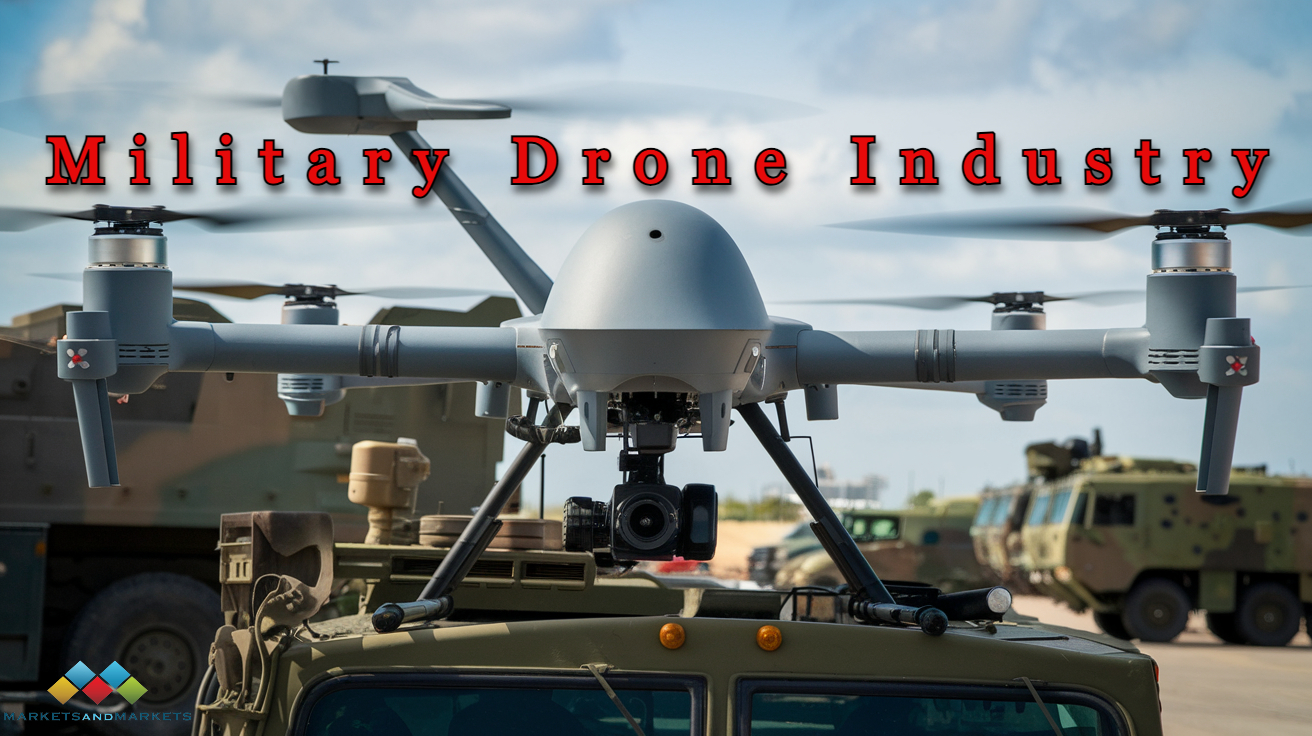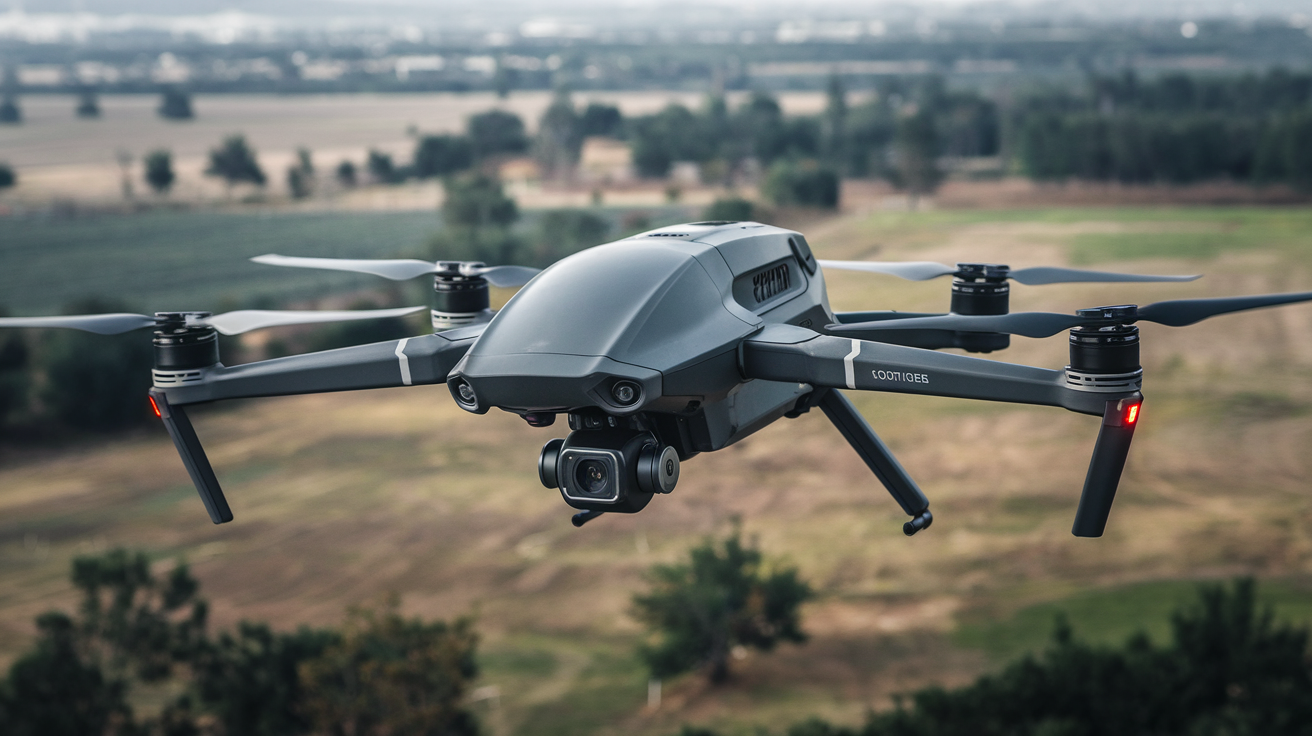Military drones, also known as Unmanned Aerial Vehicles (UAVs), have become an essential component of modern defense systems. These remotely operated or autonomous aircraft are designed for a wide range of military applications, from reconnaissance and surveillance to combat missions and logistics support. The evolution of drone technology has significantly changed the landscape of military operations, providing enhanced capabilities while reducing risk to human life.
The Military Drone Market is poised for significant expansion, with its value projected to grow from USD 13.0 billion in 2023 to USD 18.2 billion by 2028, reflecting a CAGR of 7.0%. This growth is propelled by heightened investment in advanced military technologies aimed at enhancing the capabilities of defense forces globally. Increased maritime patrolling, anti-piracy operations, and territorial monitoring—especially in regions like Central Asia, Southeast Asia, South America, and West Africa—are key factors fueling the reliance on Unmanned Aerial Vehicles (UAVs) for these operations.
Key Segmentation of the Military Drone Market
- By Propulsion
- The battery-powered segment is expected to record the highest growth rate of 16.2% during the forecast period. This growth is driven by the increasing adoption of lithium-ion batteries, fuel cells, and hybrid cells for short- and medium-range drones. While small drones predominantly use batteries, tactical and strategic drones often rely on turbo engines.
- By Speed
- The market is divided into subsonic and supersonic segments. Subsonic drones, operating below Mach 0.8, hold the largest share. These drones, which travel at conventional speeds, are in high demand for autonomous military operations.
Regional Insights
The Asia Pacific region is anticipated to be a high-growth area for the military drone market during the forecast period. Countries such as China, India, Malaysia, and South Korea are investing heavily in military drone technology, positioning the region as a leader in drone innovation. China is particularly dominant due to its advanced manufacturing capabilities, with key companies such as Autel Robotics and AVIC spearheading production.
Major Players in the Market
Key industry players driving advancements include:
- Northrop Grumman Corporation (US)
- Raytheon Technologies Corporation (US)
- Israel Aerospace Industries Ltd. (Israel)
- General Atomics Aeronautical Systems (GA-ASI) (US)
- Teledyne FLIR LLC (US)
These companies are at the forefront of developing cutting-edge drone technologies, ensuring that the military drone market continues to evolve and grow.
Types of Military Drones
- Reconnaissance Drones: Used primarily for intelligence gathering, these drones are equipped with high-resolution cameras, sensors, and radar systems. They allow military forces to monitor enemy movements, gather real-time data, and assess potential threats without putting personnel in harm’s way.
- Combat Drones: Also referred to as strike drones, these UAVs are equipped with missiles or guided bombs and are used in targeted attacks. Their ability to engage enemy positions with precision makes them a valuable asset in minimizing collateral damage during military engagements.
- Logistics Drones: These UAVs are designed to transport supplies, ammunition, or medical aid to troops in remote or dangerous areas, where traditional delivery methods may be challenging or too risky.
- Hybrid Drones: Combining features of both reconnaissance and combat drones, hybrid UAVs offer greater flexibility in missions, capable of both gathering intelligence and executing strike operations if necessary.
Future of Military Drones
As drone technology advances, future military UAVs are expected to have enhanced autonomy, longer flight times, and improved stealth capabilities. Innovations in AI and machine learning will also play a crucial role in making drones more capable of performing complex missions with minimal human intervention.
In conclusion, military drones are transforming modern warfare by offering unmatched flexibility, efficiency, and precision in a variety of combat and support roles. Their importance in defense strategy is likely to grow as technology continues to evolve.


